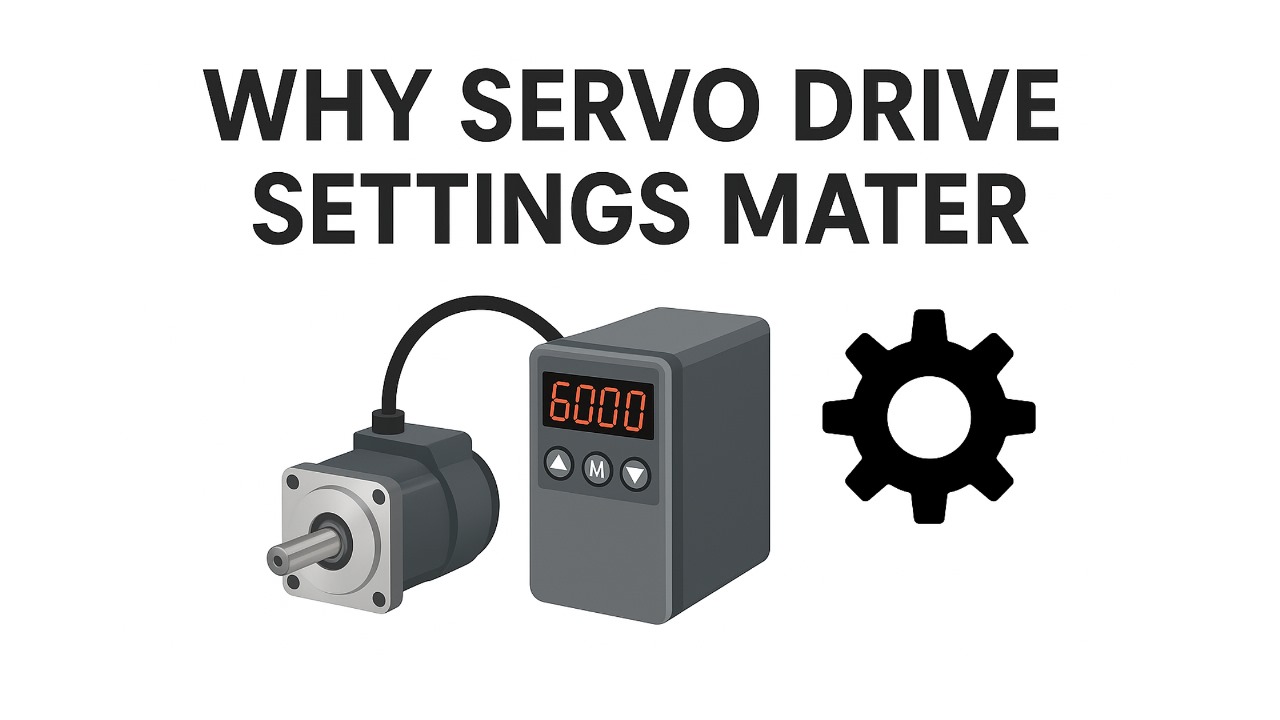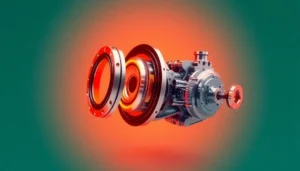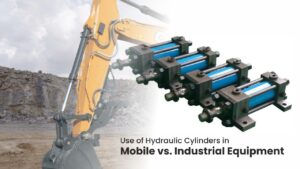A servo drive is an important element of contemporary automation, robotics and precision machining. Depending on whether you are using a servo drive controller, digital servo drives module, or a servo motor drives amplifier, proper configuration means a direct impact on machine accuracy and repeatability. In layman terms, a servo drive regulates the amount of power sent to a servo motor, which makes the movement smooth and accurate in positioning and speed.
It is important to know these basics before proceeding with advanced settings since it can enable engineers and technicians to achieve higher accuracy and reliability in industrial servo drive systems in various applications.
Why Servo Drive Settings Matter
The efficiency of a servo drive in CNC machines or a servo drive in robots is dependent on how well the drive controls torque, speed and positioning. Wrong settings may cause:
Reduced accuracy
Inconsistent product quality
Higher energy consumption
Increased machine wear
Optimized servo drive settings enhance repeatability so that machines provide the same results, cycle after cycle.
Key factors that influences accuracy
1. Servo Controller
A servo drive controller is an item that receives signals and controls the motor output. Tight control of the controller reduces overshoot, enhances stability and makes the motion control more precise.
2. Encoder Feedback
A servo drive with an encoder feedback ensures that position and speed are monitored at all times. Feedback can help maintain fine movement, which is important in industries where precision of the order of micrometers is required.
3. Motor Amplification
The servo motor drive amplifier has a role to play in amplifying control signals. Optimal amplification results in a smooth performance and less vibration.
4. Multi-Axis Coordination
Multi-axis servo drive Many systems control multiple motors with a multi-axis servo drive. Proper synchronization means precise positioning in robotics, packaging and CNC applications.
Main applications of Servo Drive Technology
1. Servo for CNC Machines:
A servo drive in CNC machines ensures accurate cutting, drilling and shaping. Repetitive precision is what is needed to sustain quality in manufacturing.
2. Servo for Robots:
In robotics, a robot servo drive facilitates controlled movement, flexible automation and high safety standards. Servo drives are used in pick-and-place robots, industrial arms and more.
3. Packaging Machine Servo :
A servo drives on packaging machines will allow high speed operation, consistent wrapping, labeling and sealing without error. This is critical to food, pharma, and consumer goods industries.
4. Automation AC Servo :
An AC servo drive is flexible and efficient in automation. It assists in the saving of energy and makes automated lines run with a high-level of accuracy.
Choosing the Right Servo Drive Settings
The following are tips to use when setting up an industrial servo drive system:
Gain parameters: Decent tuning of gain parameters helps to reduce overshoot and error.
Check feedback quality: Check that the servo with encoder feedback is calibrated.
Motion profiles: Accelerate and decelerate your machine to its work.
Consider multi-axis synchronization: In complicated automation, consider using multi-axis servo drive.
Leverage compact solutions: A compact servo solution reduces space in high-density systems.
Benefits of Optimized Servo Drive
Increased accuracy in production
Better repeatability to produce consistent results
Minimized downtimes as performance remained stable
High torque servo drives with energy efficiency
Scalability by the use of a programmable servo drives unit
THM Hydraulics Servo Drive Solutions
THM Hydraulics provide cost effective and reliable solutions to industries across the globe. Our products ensure precision, durability, and efficiency whether you require a compact servo drive solution to packaging or a high torque drive to heavy machinery.
Conclusion – How to set Servo Drives to give the best Accuracy
The effects of servo drive parameters on repeatability and accuracy of a machine are very critical. In CNC machining and robotics, accuracy is based on the tuning and configuration. It is important that you choose the right partner in case you require a digital servo drive module, a programmable servo drives unit, or an industrial servo system.
THM offers best servo drive automation products that satisfy the increasing demands of the contemporary industries. To get to know more about our products or to seek support, contact us now.
FAQ’s
Q1. What is the purpose of a servo drive?
A servo drive is used to control the movement of a servo motor by manipulating speed, position and torque, and thus ensures precision and stability in automation systems.
Q2. How to spot poor servo tuning?
Vibrations, overshoot, slow response or inconsistent positioning during machine operation are all symptoms of poor servo tuning.
Q3. Will modern servo drive improve results?
New servo drives have more sophisticated control algorithms than the older systems, and this makes them more accurate, efficient and reliable.
Q4. Which servo drives parameters have the biggest impact on accuracy?
The important parameters are the gain settings, feedback resolution, acceleration/deceleration rates, and position loop tuning.
Q5. How do advanced servo drive reduce vibration and overshoot?
They have adaptive tuning, high resolution feedback and damping controls to reduce vibration and overshoot to smooth their performance.
Q6. Can incorrect servo drive settings cause positioning errors?
Improper settings may cause faulty positioning, low efficiency, and even downtime of the machine.



